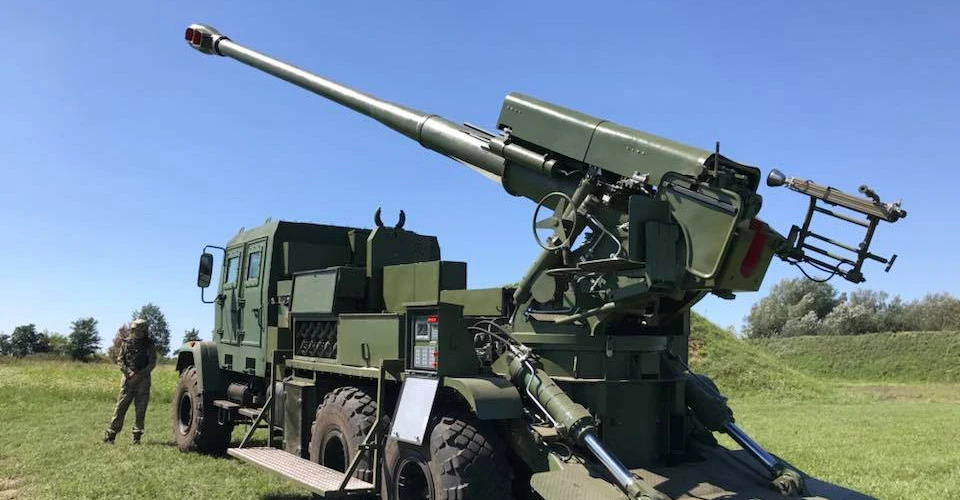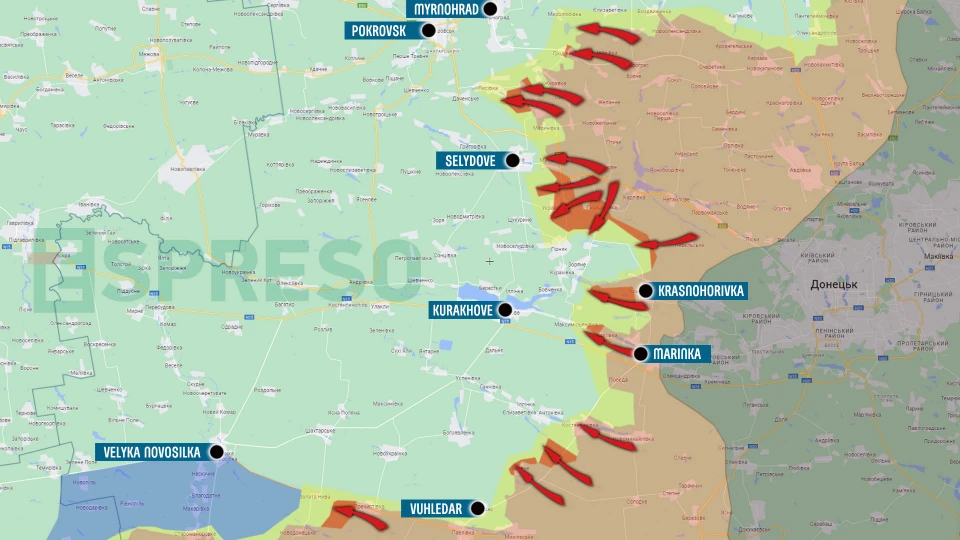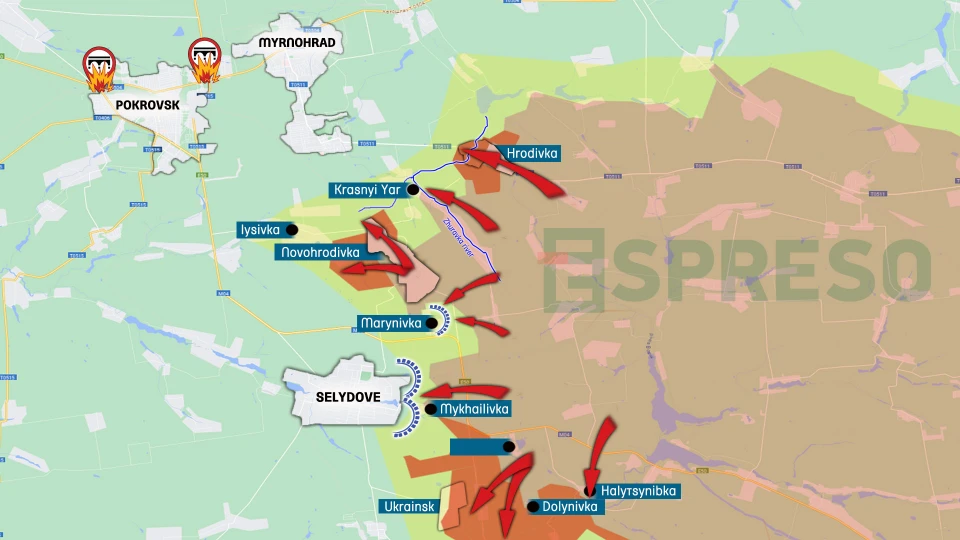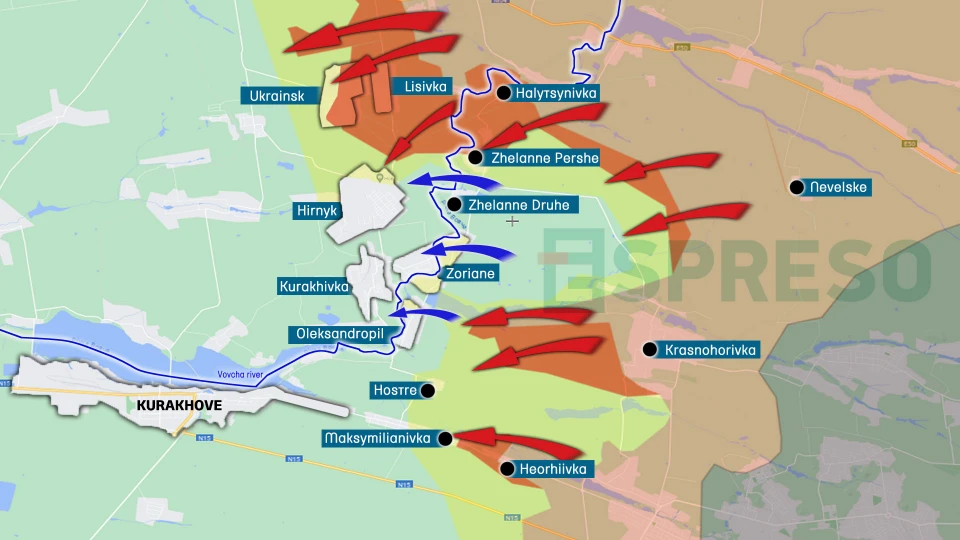
How Russian money are being used to purchase weapons for Ukrainian army. Serhiy Zgurets' column
The EU will allocate part of the income from frozen Russian assets to Ukrainian weapons, with EUR 400 million already directed to defense enterprises
Ukrainian defense industry and cooperation with Western partners
Let me start with the news that is important and systemic for increasing the production of Ukrainian weapons for the Ukrainian Defense Forces. Over the two and a half years of war, the Ukrainian defense industry, mainly private, has gained momentum. The number of teams and projects has increased, but there is not enough money in Ukraine to order these weapons. According to the Ministry of Strategic Industries, Ukrainian factories and companies could produce $20 billion worth of weapons this year, but the state could only contract for $6 billion. So one of the ways to do this is to attract donor funds for Ukrainian weapons from Western partners, including the European Union and individual countries.
Yesterday, September 19, the news broke that the European Union will allocate some of the proceeds from frozen Russian assets to arms for Ukraine. The first tranche is EUR 400 million, which has already been allocated to finance Ukrainian defense companies. In particular, they have already paid for the production of the Ukrainian self-propelled artillery system Bohdana. This was stated by the EU Ambassador to Ukraine Katarina Mathernova, who added that Denmark was the first country to sign a contract and pay for the production of Bohdana howitzers for the Ukrainian Armed Forces.
In fact, these EUR 400 million have not yet been allocated to arms projects. I hope that priority projects will be identified and funded quickly enough. As for Denmark, it has truly become a pioneer, as in July it ordered the production of 18 Bohdana self-propelled artillery systems. This order is part of the country's package of about EUR 180 million. By the way, Denmark allocated the money from its own budget. Perhaps they will be compensated by the EU with interest from frozen Russian assets.

The Danish Defense Minister recently announced that the Bohdana self-propelled artillery systems ordered in July had already been delivered to the Ukrainian Armed Forces in early September. That is, the guns were manufactured at a rate of 9 per month, which is a very good pace. Against this background, Denmark urged its European partners to order Ukrainian weapons. It's not just a matter of timing, but also the fact that Ukrainian models are cheaper than foreign ones. And these samples are more efficient and easier to maintain and repair at the enterprises that produced them.
As for other customers, I would like to mention the Palianytsia drone missile. Lithuania is investing EUR 10 million in the production of the Ukrainian long-range cruise missile Palianytsia. Palianytsia remains the most secretive project of the Ukrainian defense industry, but it is already reaching enemy targets.
Frontline situation
For the second day in a row, almost 200 clashes a day are taking place along the entire front line.This is a significant increase—25% more than two months ago. Of the 200 clashes over two days, nearly half were concentrated in two interrelated directions: Pokrovsk and Kurakhove, with approximately 40-50 clashes in each.
We remember that Russian forces were advancing quite actively in the Pokrovsk direction. Now they are stuck in the areas around Novohrodivka and Hrodivka, trying to emphasize and redeploy their efforts to the south with attacks in the area of Selydove (to bypass Selydove) and the town of Ukrainsk.

We know that Ukraine's 15th Operational Brigade of the Kara-Dag National Guard was deployed there in August to strengthen its positions and capabilities. We have already seen many examples of this brigade's professional activities in this area - from systematic destruction of Russian troops to cases when they captured Russian tanks as trophies.
Major Vitaliy Milovidov, a spokesman for the 15th operational brigade from the Pokrovsk sector, said that the town of Selydove is in the brigade's area of responsibility. Combat clashes with Russian troops are taking place on the outskirts of Mykhailivka. Lately, all Russian attempts have been neutralized by Ukrainian troops who are actively using artillery in combination with FPV drones. Russian troops, having suffered losses in this area, are trying to find more convenient and vulnerable areas, so in recent days they have been trying to put pressure south of Ukrainsk. They are making some progress. Ukrainian units are holding steady in this area, but Russian forces are trying to create conditions to bypass Selydove to the south.

The spokesman noted that Russian tactics in the Pokrovsk sector have not changed significantly in recent days. Russian infantry assaults continue, typically involving small groups of 5-7 servicemen attempting to storm Ukrainian positions without heavy or armored vehicles. However, as Russian troops struggle to advance, they are increasing the pace of artillery strikes, along with the use of drops and FPV drones. Unfortunately, Russian artillery significantly outnumbers Ukrainian forces. Additionally, they are deploying KABs, targeting the town of Selydove and surrounding areas. When the front's dynamics stabilize, the Russians ramp up their use of guided bombs.

The spokesman stated that while Ukrainian forces still lead in the number of FPV drones used, Russian troops are deploying low-frequency FPVs. Russian forces are continually evolving, drawing lessons from their experiences, and optimizing their tactics. As a result, electronic warfare has become a crucial component of defense across all areas. Selydove is partially under the control of Russian FPVs, which regularly monitor certain logistics routes. Even without reconnaissance drones, these FPVs hover over the routes, attempting to target any equipment. Unfortunately, there have already been instances of damage to Ukrainian equipment on the outskirts of Pokrovsk.
The serviceman added that despite the Russian guided bombs and large-caliber artillery, Ukrainian units have to reinforce themselves and build fortifications, dugouts, trenches - all these engineering activities are carried out on the ground.
Milovidov said that recruitment and mobilization activities for the Ukrainian National Guard take place through recruitment announcements, where representatives of the National Guard constantly communicate with everyone, explaining the situation of service, specifics, and conditions. Then they send documents to the military commissariat for approval, and a person is recruited specifically for the need and position that has been offered. It is in this position that a person can do the most good, even if he or she has not previously been involved in military life. Then the recruits are sent to the National Guard's training center, where they undergo a general military course. Each battalion has experienced instructors who provide additional training in the field according to the specifics of the unit.
- News











































